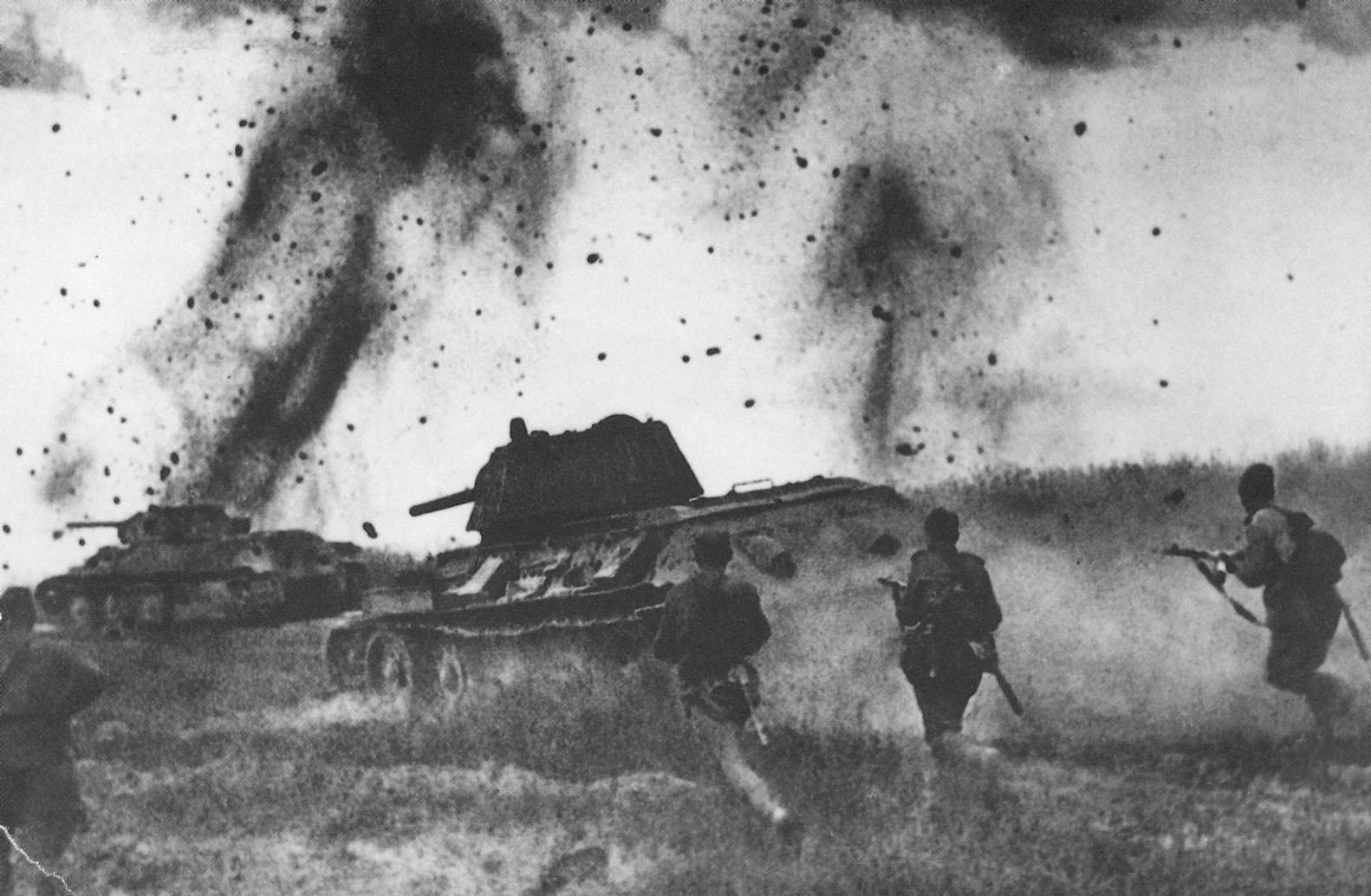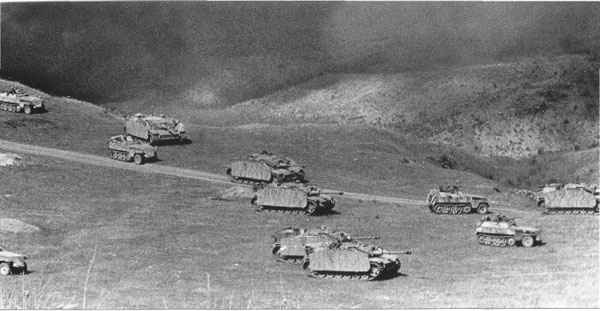Veterans who participated: Yakov Perlamutrov, Grigori Voiler, Iosif Zibenberg

padresteve.com
The Battle Of Kursk in July 1943 was the final German offensive on The Russian Front, and was at one time considered to be the largest tank battle in World War 2. After Moscow and Stalingrad a series of small Red Army offensives had created a bulge in the German line near Kursk. A complete breakthrough could have enabled them to surround the German forces. Having lost Kharkov in February, the Germans planned a large offensive codenamed ‘Operation Citadel’ with the hopes of regaining momentum and cutting off the Soviet troops stationed in the bulge near Kursk. Marshal Zhukov became aware of the massive amounts of German artillery gathering in the area. He mobilized the civilian population to plant mines, while correctly positioning anti tank units where the Germans would concentrate their assault. The battle began on July 5th with several waves of German attacks, for the most part being repelled by well prepared Soviet defenses. Both sides initiated strategic bombing campaigns that developed into a simultaneous air war. Kursk marked the end of German air dominance on the Eastern Front. The Germans were forced to retreat by the end of August having failed to gain any ground. The loss was demoralizing for the Nazis and gave The Red Army control over the eastern front, allowing them to shift to a purely offensive mindset and begin the march towards Berlin.

battleofkursk.org
Red Army anti-tank unit preparing for the German offensive at Kursk
The Battle of Kursk is the eastern front’s equivalent to the western front’s more famous Battle of the Bulge in late 1944. Both marked the last time Germany was able to mount an offensive in a particular area, with that attack’s failure cementing the allies’ control. The Battle of Kursk is known for the large number of tanks and artillery involved. The Nazis had 2,700 armoured vehicles (not all of which were tanks), 9,470 artillery pieces and 1,372 aircraft. Of the 2,465 armoured vehicles put into battle by the Germans on day 1, only 328 were modern battle tanks (Panzers and Tigers). Though the Red Army was better prepared for their defense at Kursk than for previous battles, their victory was in large part due to their ability to outmatch the substantial German force with over 5,035 tanks and self-propelled guns committed to action at Kursk.

battleofkursk.org
Production advantages helped The Soviet Union win the largest tank battle in history